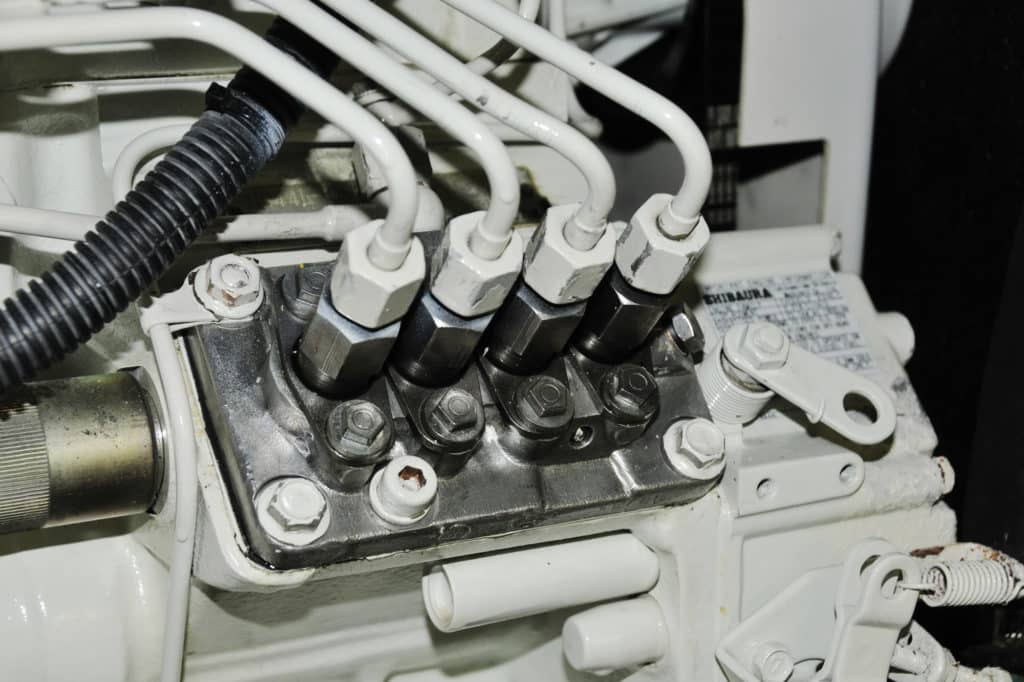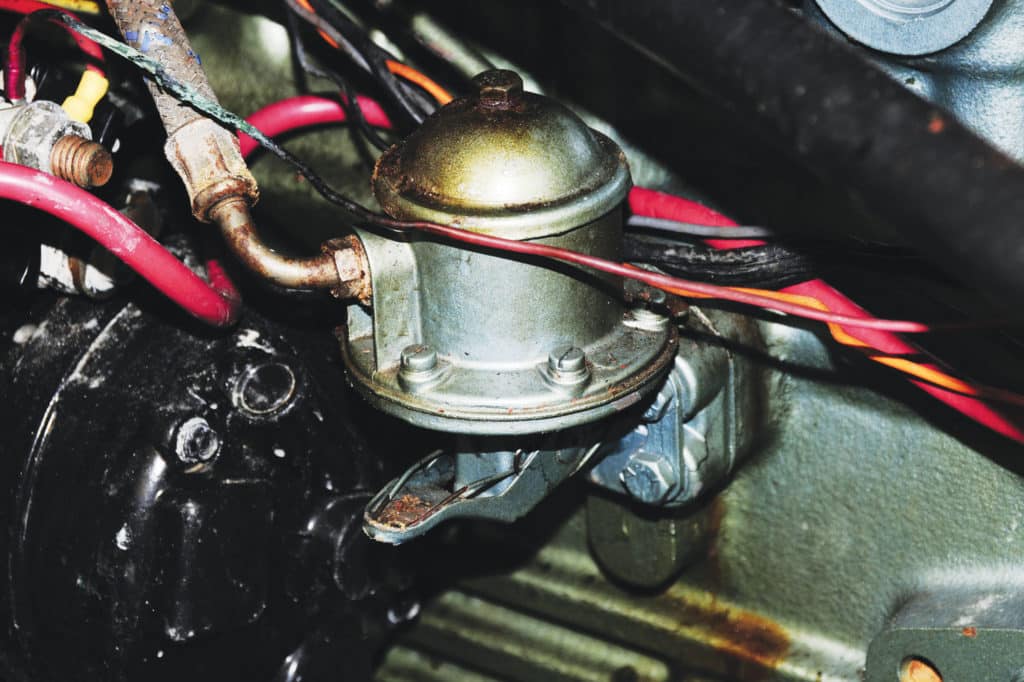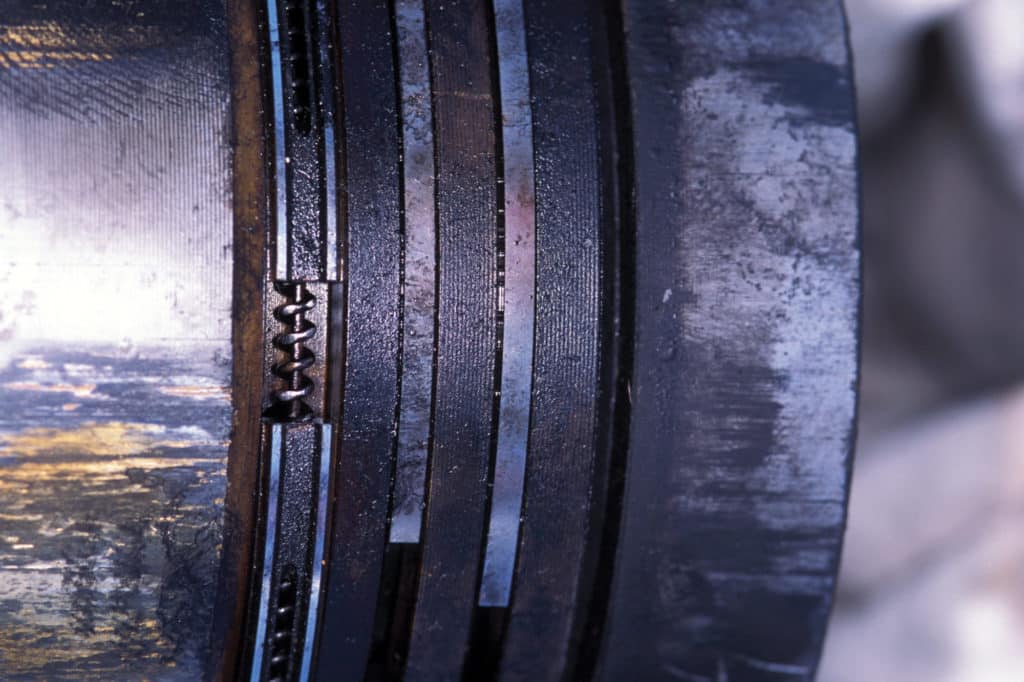
Last month I reviewed some of the reasons an engine or genset might not start. This month I’ll delve into reasons an engine might crank but not actually start.
When an inboard diesel cranks, several things happen. Air is drawn into the cylinder or combustion chamber via the air-intake manifold/filter, passing through intake valves as the piston is drawn down the cylinder, creating a vacuum. As the piston returns, the intake valve closes, pressurizing the air. On a common gas engine, the compression ratio is roughly 10-to-1, and the compressed air is mixed with fuel vapor. On a diesel engine, the compression ratio is much higher, roughly 20-to-1, and the fuel is not mixed with the air until after compression has occurred.
While a higher compression increases the thermal efficiency of an engine, in the case of a diesel, it’s mandatory. As the air is compressed, its temperature increases, and in the case of a diesel, it’s hot enough to ignite the fuel when it’s injected into the combustion chamber by the injection pump and injector. If a diesel’s compression is insufficient, the air will not be hot enough to ignite the fuel. For this reason, a conventional diesel smokes on startup; the combustion chamber is still relatively cold, inhibiting complete combustion, and that white smoke is minute droplets of unburned fuel. So, low compression can be a reason for difficult starting (or not at all). This can be caused by worn piston rings, sticking or improperly adjusted valves, or a starter that turns too slowly (between 150 and 250 rpm are required for a diesel engine to start). Malfunctioning glow plugs—either the plugs themselves or the solenoid that controls them—can also make for hard or no starting.

Another aspect of this is the injection of the fuel. For conventional pump-line-nozzle (i.e. non-electronic) injection systems, fuel passes from the tank to a primary coarser (usually 10 to 30 microns) filter, usually via rubber hose, often to a water separator with a clear bowl. From there it’s on to a low-pressure (or lift) pump, after which it flows into a steel line, where it then enters the finer (in the 2- to 7-micron range) secondary fuel filter. It’s then on to the high-pressure injection pump, and finally to the injectors, again via steel lines. In this sequence, the most common causes for failure are clogged filters, a defective lift pump or air in the lines.
Your primary fuel filter should be equipped with a vacuum gauge; without one you are essentially flying blind, with no way of knowing how hard your lift pump is working to draw fuel through that filter. So if you don’t have a vacuum gauge here, I strongly recommend you install one; it’s a valuable troubleshooting tool, and it will alert you when that filter should be replaced. If, while cranking, you observe the vacuum gauge climbing, there is a restriction somewhere between the lift pump and the filter; naturally, the element itself should be checked and changed if there is any doubt.
Read More: Monthly Maintenance
If the vacuum remains low, below roughly 3 inches of mercury, then move on. The vacuum gauge will not alert you to restrictions that happen after the lift pump, including the secondary filter. However, if you change that filter when you change the primary filter, it’s unlikely to be the culprit. Regarding filters, it’s worth noting that some lift pumps include their own integral filter or screen, which can become obstructed.

Air can make its way into a high-pressure fuel system several ways, but most often at primary filter housings, in tanks low on fuel, and in plumbing unions between the tank and lift pump. Air will be drawn in only where a vacuum is present, between the tank and the lift pump, so concentrate on inspecting those areas: At rest, they might leak some fuel. Make sure everything is tight. Then try bleeding the high-pressure system to purge any air that might be present.
Finally, on older engines, it is possible for the injection pump and injectors to wear out, and/or become fouled with carbon, respectively. If the engine has more than 3,000 or 4,000 hours on it, pump wear reaches a point where fuel pressure is low enough to prevent combustion. This is often preceded by easy cold starts, where fuel viscosity is higher, and hard hot starts, where fuel viscosity is lower. Also, if the injection pump uses an electric solenoid-type stop plunger, these can fail or become stuck. Some engines energize the plunger to run; others energize it to stop. That’s an easy fix and well worth checking.
Steve D’Antonio offers services for boat owners and buyers through Steve D’Antonio Marine Consulting (stevedmarineconsulting.com).








